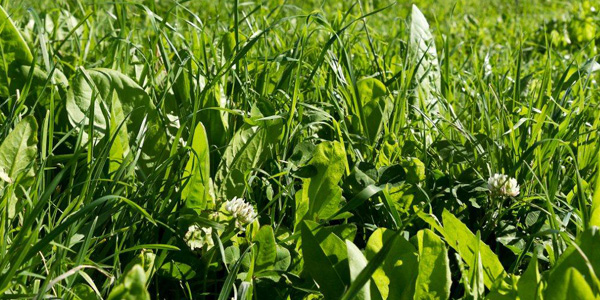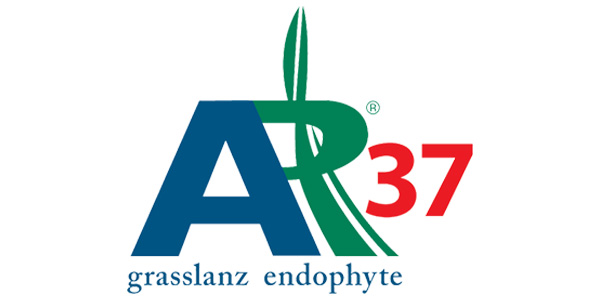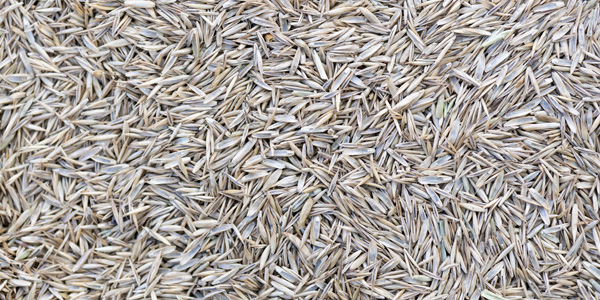
Animal Considerations
Animal Considerations
Pasture-Induced Animal Health Risk and Mitigation
Grass Pasture-Induced Animal Health Risk |
||
|---|---|---|
|
Potential Health Risk |
Explanation |
Mitigation |
|
Clostridial Infections |
Clostridial diseases are a group of bacterial infections that cause sudden death in animals. High stocking rates, low residuals and high quality feed, particularly winter crops, are risk factors |
Use of appropriate vaccination programmes. Dilution with other species, particularly herbs and legumes can reduce the risk |
|
Ryegrass Staggers |
Endophytic (Neotyphodium lolii) grasses containing alkaloids that are tremorgens, can cause stagger events particularly in the autumn |
Use of novel endophytes to lessen or eliminate the risk. Grazing management also assists. Dilution with other species, particularly herbs and legumes can reduce the risk |
|
Pasture Bloat |
Formation of stable foam in the rumen causes bloat as gases of fermentation are unable to escape. Typically associated with high legume pastures in a leafy state |
Maintaining uniform and regular intake and avoid animals gorging. Avoid grazing in morning dew. Use of oils and detergents in drinking water. Increase grass content by sowing rate, use of N fertiliser or grazing management |
|
Facial Eczema |
A secondary photosensitisation as a result of damage to the liver caused by the toxins of Pithomyces growing on the dead litter in the base of pasture during warm moist conditions |
Use alternative feed sources to pasture, or pasture free of dead material. Dosing with zinc provides some protection |
|
Milk Fever (Hypo Calcium (Ca)) |
The onset of lactation represents a period of high Ca demand. Typically, the Ca lost to milk is replaced from bone but if the combination of Ca from the diet and that mobilised from bone is insufficient, Ca levels become too low to support nerve and muscle function and paralysis occurs |
Ensure sufficient magnesium (required for Ca absorption), keep Ca intakes low pre and supplement post parturition |
|
Hypomagnesemia |
Low intake of magnesium typically in lactating animals, on grasses in the spring especially recently sown grass |
Supplementing through pasture dusting or drinking water |
|
Nitrate Poisoning |
Nitrate accumulates when uptake of N from roots is significantly greater than N metabolism in the plant. High nitrate intake impacts oxygen transfer in blood |
Increasing time between N applications and grazing particularly if there is an environmental impairment to plant growth |
Chicory |
||
|---|---|---|
|
Potential Health Risk |
Explanation |
|
|
Clostridial Infections |
Clostridial diseases are a group of infections that cause sudden death in animals. High stocking rates, low residuals and high quality feed are risk factors |
Use of appropriate vaccination programmes. Dilution with other species, particularly herbs and legumes can reduce the risk |
|
Bloat |
Formation of stable foam in the rumen causes bloat as gases of fermentation are unable to escape |
Maintaining uniform and regular intake and avoid animals gorging. Reduce the proportion of the diet chicory makes up. Remove susceptible individuals |
|
Nitrates |
Nitrate accumulates when uptake of N from roots is significantly greater than N metabolism in the plant. High nitrate intake impacts oxygen transfer in blood |
Increasing time between N applications and grazing particularly if there is an environmental impairment to plant growth |
Plantain |
||
|---|---|---|
|
Potential Health Risk |
Explanation |
Mitigation |
|
Clostridial Infections |
Clostridial diseases are a group of infections that cause sudden death in animals. High stocking rates, low residuals and high quality feed are risk factors |
Use of appropriate vaccination programmes. Dilution with other species, particularly herbs and legumes can reduce the risk |
|
Bloat |
Formation of stable foam in the rumen causes bloat as gases of fermentation are unable to escape |
Maintaining uniform and regular intake and avoid animals gorging. Reduce the proportion of the diet chicory makes up. Remove susceptible individuals |
|
High Calcium Content |
Plantain has a high calcium content which can exacerbate issues if animals move from a high calcium plantain diet to a low calcium ryegrass diet pre-parturition |
Either remove animals from plantain well ahead of giving birth or stay on plantain pastures throughout this period |
|
Autumn Intake Depression |
Reduced intake of plantain through autumn period often associated with reduced plant growth and potentially high chloride concentrations |
Removal of old leaf material either mechanically or mob-stocking and strategic use of nitrogen |
|
Nitrate Poisoning |
Nitrate accumulates when uptake of N from roots is significantly greater than N metabolism in the plant. High nitrate intake impacts oxygen transfer in blood |
Increasing time between N applications and grazing particularly if there is an environmental impairment to plant growth |
Lucerne |
||
|---|---|---|
|
Potential Health Risk |
Explanation |
Mitigation |
|
Clostridial Infections |
Clostridial diseases are a group of infections that cause sudden death in animals. High stocking rates, low residuals and high quality feed are risk factors |
Use of appropriate vaccination programmes. Dilution with other species, particularly herbs and legumes can reduce the risk |
|
Bloat |
Formation of stable foam in the rumen causes bloat as gases of fermentation are unable to escape |
Maintaining uniform and regular intake and avoid animals gorging. Reduce the proportion of the diet chicory makes up. Remove susceptible individuals |
|
Red Gut |
Red gut can be caused by the rapid passage of high-quality feed through the rumen. In lambs and young cattle, it shows up as sudden death. Autopsies show torsion of the intestines and lack of blood flow |
Provision of fibre (e.g. hay), intermittently grazing pasture through the grazing cycle on cutting and wilting lucerne before grazing can be useful mitigation strategies |
|
Fertility Impairment |
Phytoestrogens in lucerne with disease can impair reproductive performance if used for flushing |
Flushing is possible on young fresh lucerne but avoid lucerne with leaf spots |


